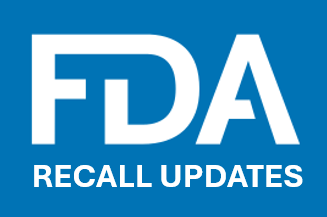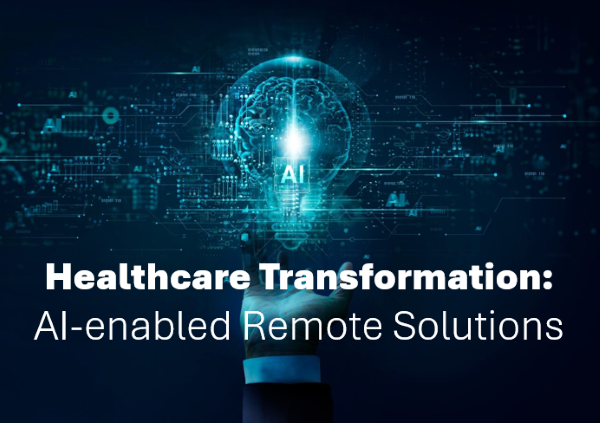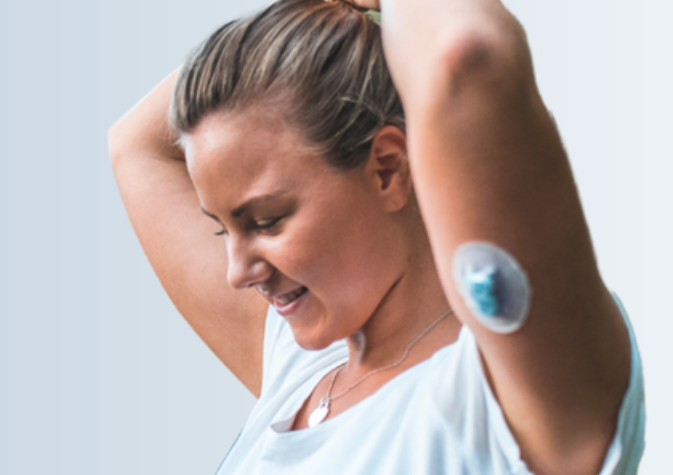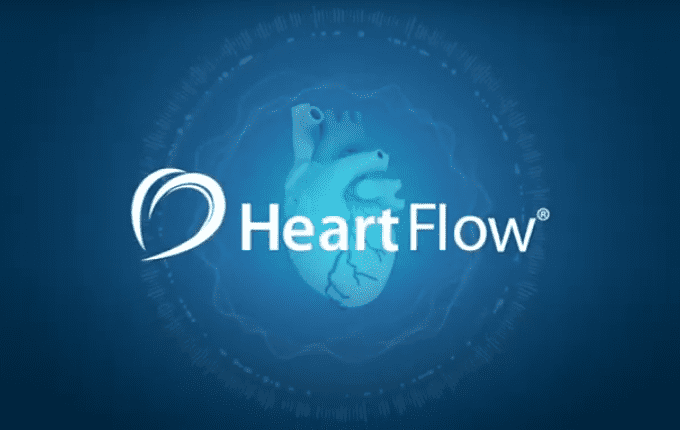

Neo-Tee T-Piece resuscitator is being removed due to a undersized spring in the controller.

Neo-Tee T-Piece resuscitator is being removed due to a undersized spring in the controller.

Speed control circuit board issue that may cause the motor to be unresponsive to the user.

Use instructions updated for Varipulse ablation catheter due to a high rate of stroke or transient ischemic attack.

Today, the U.S. Food and Drug Administration (FDA) issued a safety communication to raise awareness about cybersecurity vulnerabilities in Contec CMS8000 patient monitors and Epsimed MN-120 patient monitors. These medical devices are used in health care and home settings for displaying information, such as the vital signs of a patient, including temperature, heartbeat, and blood pressure.

Health equity can provide equal opportunity for patients to achieve the best care possible. Medtech leaders from Boston Scientific, Sequel Med Tech, and ZEISS Medical Technology share how healthcare delivery, data transparency, and industry collaboration can provide more value to patients.

AI and real-time data enhance care efficiency and access. And with healthcare workers in short supply, the rapid advancements in AI, IoMT, and related innovation offer patient access freedom, enhanced care delivery, and better outcomes.

Recently, biocompatibility consultant, MedTech enthusiast and chemist, Marina Daineko, shared a series of LinkedIn posts defining, medical device biocompatibility and the need for a Medical Device biological risk assessment “framework.” Following is a reposting of Marina’s original LinkedIn series.

The Exploit Prediction Scoring System (EPSS) can help healthcare organizations prioritize security vulnerabilities, but it has limitations in IoMT environments. While EPSS provides valuable data-driven prioritization, it should be combined with other risk assessments, cybersecurity frameworks, and strategies to more comprehensively secure healthcare systems’ IoMT devices.

The multicenter international study, which enrolled 258 patients across 15 sites in the U.S. and Japan, compared HeartFlow’s automated deep-learning-based method for segmenting coronary atherosclerosis in coronary computed tomography angiography against the reference standard of intravascular ultrasound.

Information Sharing and Analysis Centers (ISACs), developed to help critical infrastructure industries prevent and become more resilient to cyber and physical security attacks, are expanding their strategies to meet ever-evolving threats. Errol Weiss, Chief Security Officer of the Health-ISAC, discusses how these groups work to protect industry, emerging threats and how device developers and healthcare organizations are working together to protect patients.